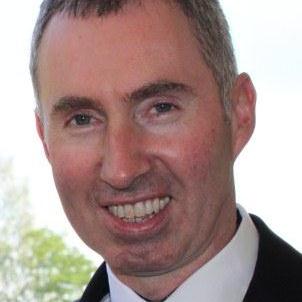 Health Visiting has a long and proud history. Even before the first appointment of a health visitor by a local authority took place in 1862, women were working in similar roles, to promote healthier lifestyles and reduce infant mortality, but often in a voluntary capacity.
Health Visiting has a long and proud history. Even before the first appointment of a health visitor by a local authority took place in 1862, women were working in similar roles, to promote healthier lifestyles and reduce infant mortality, but often in a voluntary capacity.
Despite the massive improvements in children’s health over the last 150 years, the early years of a child’s life remain the time when we have most opportunity to make a difference.
Moving the responsibility for Health Visiting back to local government should be seen as the start of a new and exciting era for the profession to make even more of a difference. It is not a return to the past.
The first opportunity is to better align and integrate Health Visiting with other services supporting children and families. We know that most of what determines our health is not health and social care services, but the wide range of social, economic and environmental factors that affect our lives on a daily basis. Health Visitors will have new relationships with other services that can be brought to bear to improve children’s lives.
The further integration of children’s services will help avoid duplication and allow scarce resource to be used to best effect. It will also help avoid children falling through the gaps between services.
Alignment of services will also overcome the arbitrary age distinctions of current services. Services need to be designed and commissioned in a way that supports children and their families from pre-conception until they reach adulthood. Public health services for children aged 0 to 5 need to become part of services from minus nine months to 19 years (or 25 years in the case of those with special educational needs and disability).
As well as these opportunities, there will also be challenges. The first and most important is the limited nature of the resource. The potential of the opportunity to improve children’s health is not reflected in the available budget, despite the recent and welcome increase in the number of Health Visitors. Maximising the effectiveness of the service will be vital. This will include achieving efficiencies through integration and making best use of the contribution of other agencies, the voluntary and community sector and local communities themselves.
Relationships and communication with the NHS, and primary care in particular, will need to be maintained and strengthened. This will be particularly so where local authority and general practice boundaries are not co-terminus.
Finally it is vital that Health Visitors maintain their focus on the family and not just the child. There is growing evidence of how our health is influenced by those we live with. Health Visitors understand this, as exemplified by Family Nurse Partnerships. The return of this public health service to local authorities will be, quite literally, bringing it all back home.
Despite the massive improvements in children’s health over the last 150 years, the early years of a child’s life remain the time when we have most opportunity to make a difference.
Andrew Furber, President, Association of Directors of Public Health
